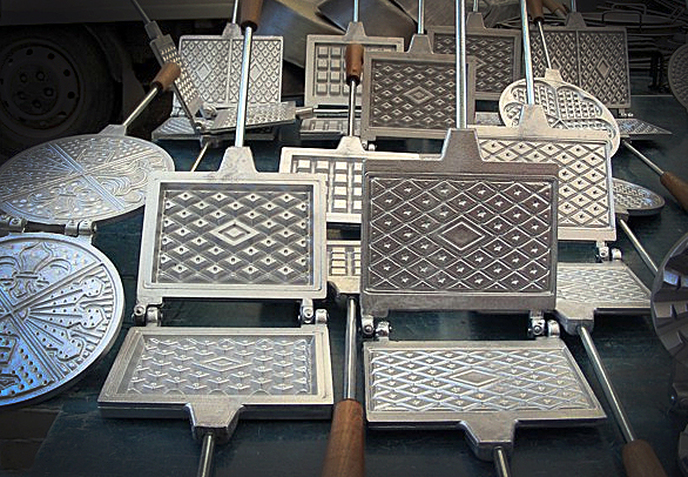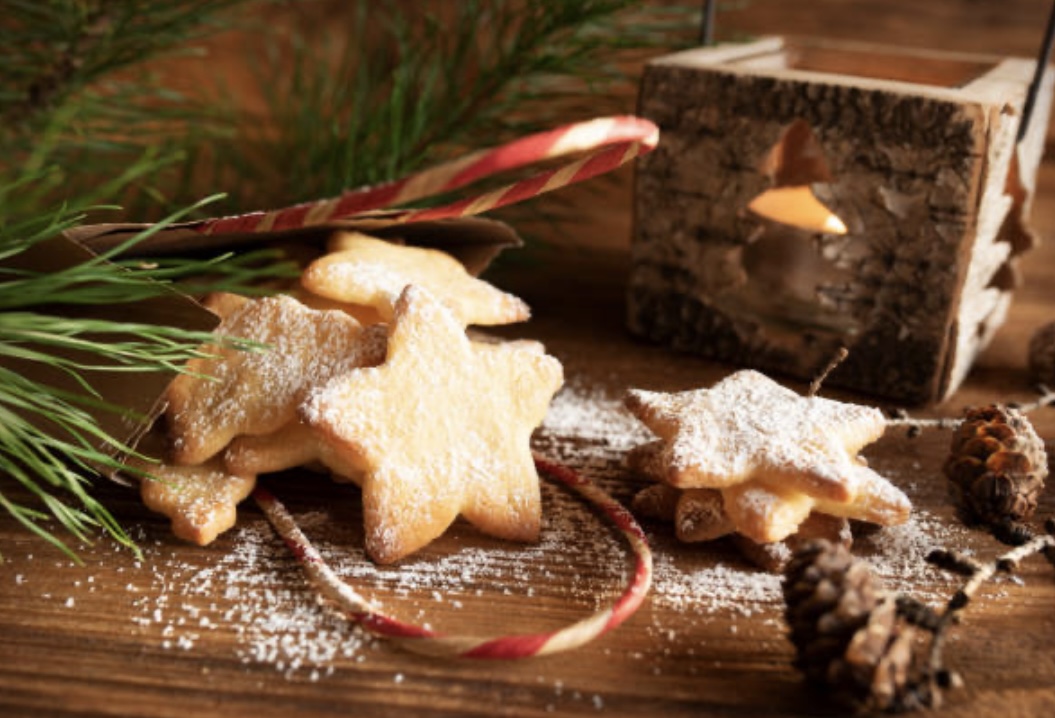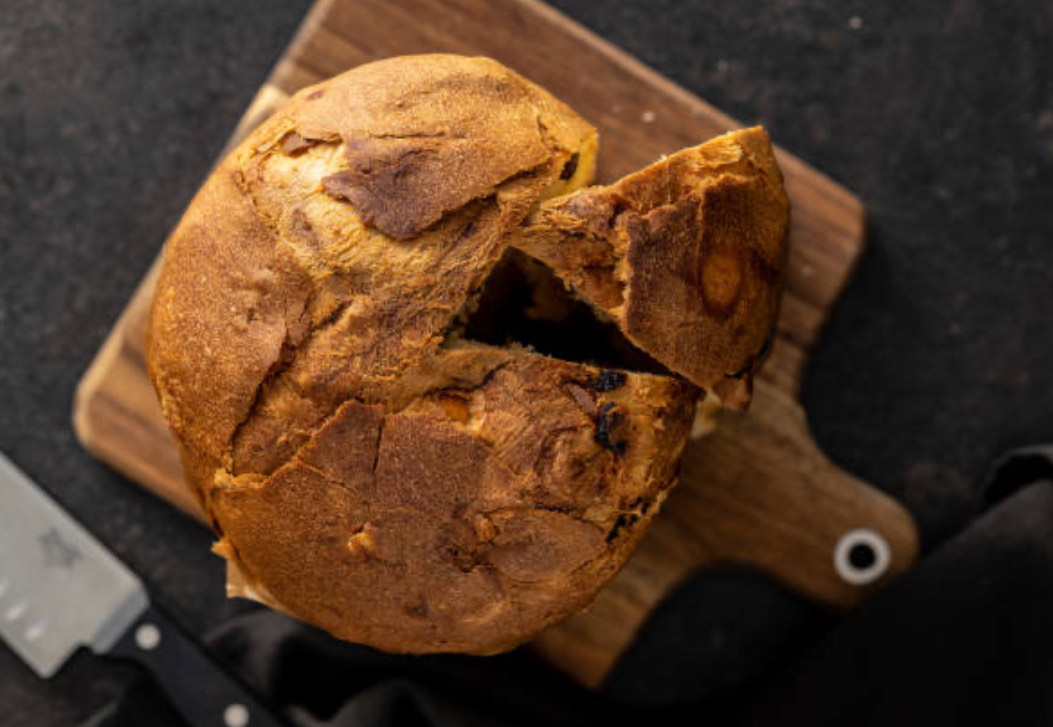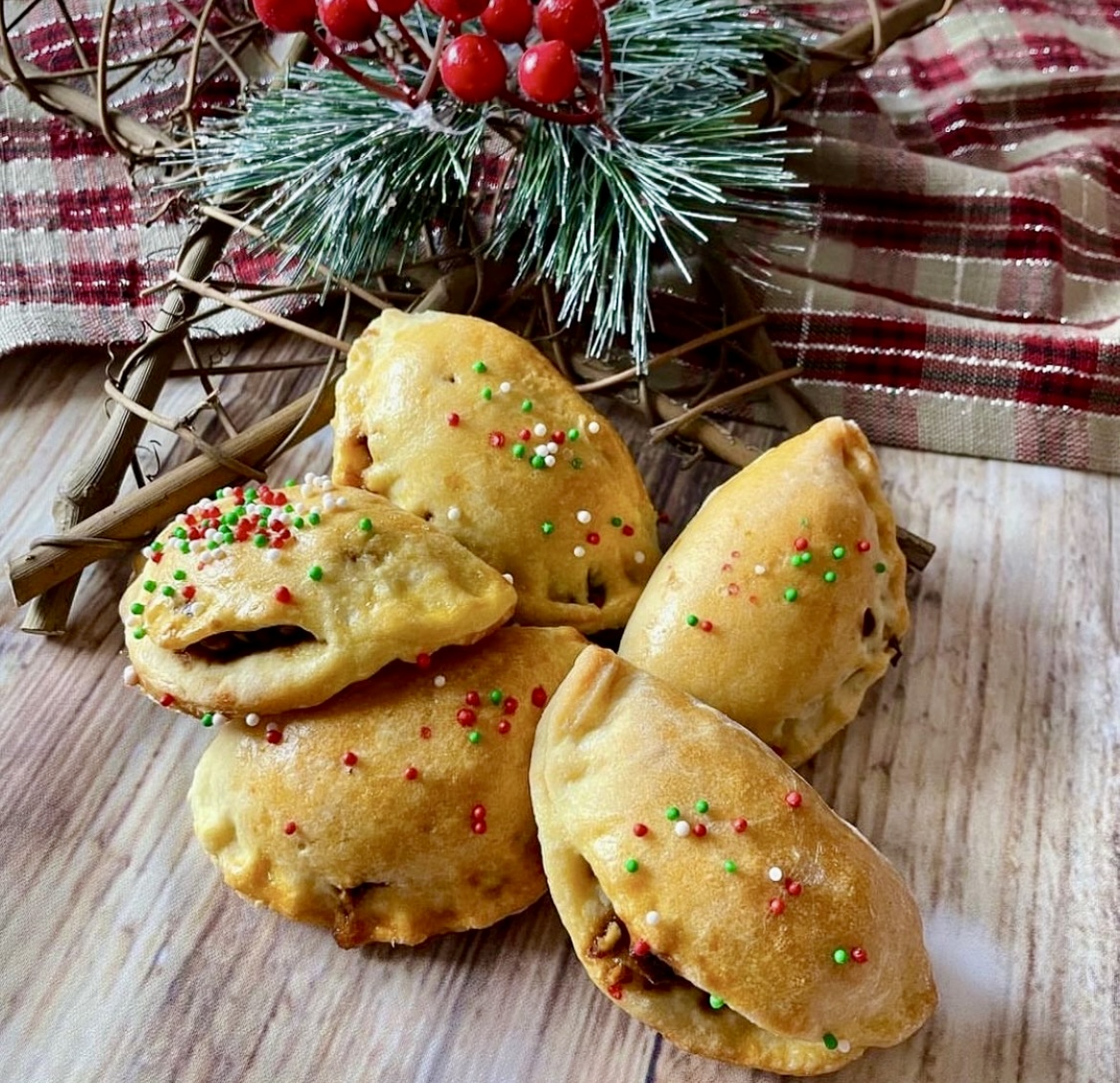I have been baking cookies (among other things) since my early teens. My repertoire of biscuits began with chocolate chip cookies and expanded from there. Since starting my blog, I have taken a particular interest in traditional Italian cookies from Calabrese sussumelle and mastazzoli to the common confections of other regions in Italy. One cookie however, a favourite may I add, had always eluded me, until now. The biscuit in question, the pizzella or pizzelle (plural).
For anyone who is unfamiliar with pizzelle (from the Italian word pizze meaning “round” and “flat”), they are waffle-type cookies that are made by pouring batter between the two plates of an iron (originally heated over a fire). Pizzelle are also known as ferratelle or cancelle in other parts of Italy. Many different cultures have also adapted this cookie and re-named it accordingly, for example, in Scandinavia they are known as lukken and krumcake in Norway.

These gilded biscuits are believed to be one of the oldest cookies in existence, dating back to the 8th century. They originated in the region of Abruzzo, believed to have developed form the ancient Roman crustulum (a flat bread treat cooked in a round pan on top of a BBQ grate cooker known as a craticula). Pizzelle were made in the Abruzzese village of Colcullo to celebrate the “Festival of the Snakes” also known as the “Feast Day of San Domenico”. Over time, it became tradition to make the crisp, thin, golden-brown cookies not only for the festival but for holidays such as Christmas and Easter, and festive celebrations such as weddings.
The dough for pizzelle is made from a simple batter of flour, eggs, sugar and butter or oil and delicately flavored with vanilla, anise, or lemon zest (though creative bakers over the years have developed several flavors both sweet and savoury). The batter is then put into an iron (similar to a waffle iron) that stamps it with a snowflake or floral pattern on one side, and a woven basket-like pattern on the other. Early versions of pizzelle were made on irons embossed with family crests, some hint of the village of origin or other symbols of meaning. Pizzelle were first made using a long-handled, double iron held over a stove or flame and turned over for even browning on both sides. By the 20th century the introduction of the two-waffle, electric pizzelle iron made the job easier. It was that iron that had kept me from making them all these years. After being lovingly shamed by a dear Macedonian friend for being an Italian who did not own a pizzelle maker, along with a failed attempt using a traditional waffle iron, I finally decided to purchase my new toy.
I made up my first batch with ease (recipe follows) and delighted in enjoying them with my family. Now comes the fun part, exploring their versatility; they can be turned into sweet sandwiches once cooled, or formed, when still warm, into cylinders, cones, and mini baskets capable of holding a wide variety of fabulous fillings. Buon Appetito!

Traditional Pizzelle Recipe
Ingredients
- 3 large eggs
- 3/4 cup sugar
- 1/2 cup butter, melted and cooled
- 1 tablespoon pure vanilla extract
- 1 3/4 cups all-purpose flour, sifted
- 2 teaspoons baking powder
Instructions
Beat eggs and sugar in a mixing bowl approximately 2 to 3 minutes, until they’re fluffy and a light-yellow color.
While still beating, slowly drizzle in the melted and cooled butter. Then add the vanilla extract.
In a separate bowl, whisk the baking powder into the flour. Using a spatula, fold the dry ingredients into the wet ingredients until just incorporated.
Bake one medium cookie scoop of batter (about 1 1/2 tablespoons) per mold in a pizzelle maker until golden brown, about 40 seconds. Remove with a spatula and place on a cooling rack.







